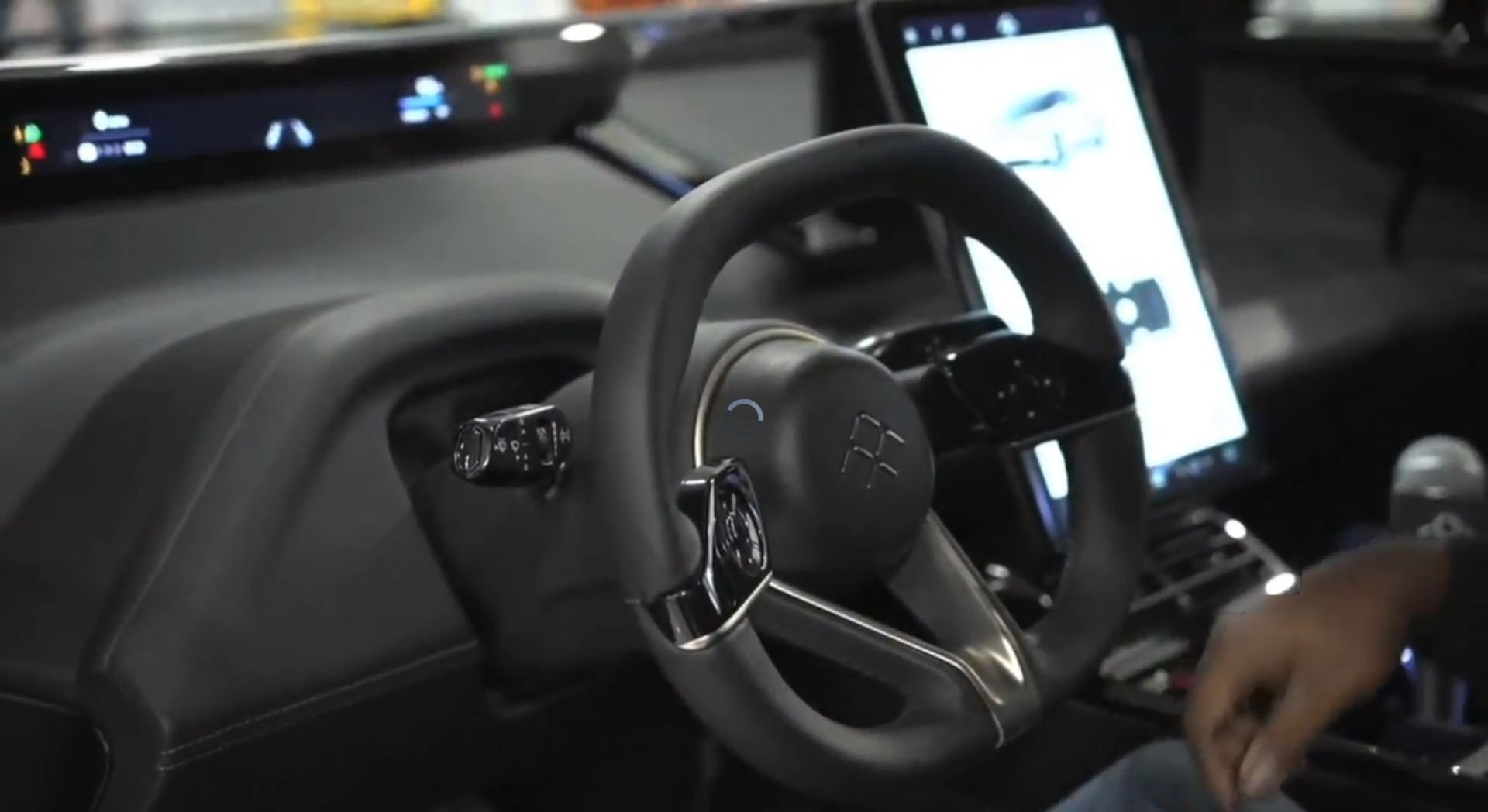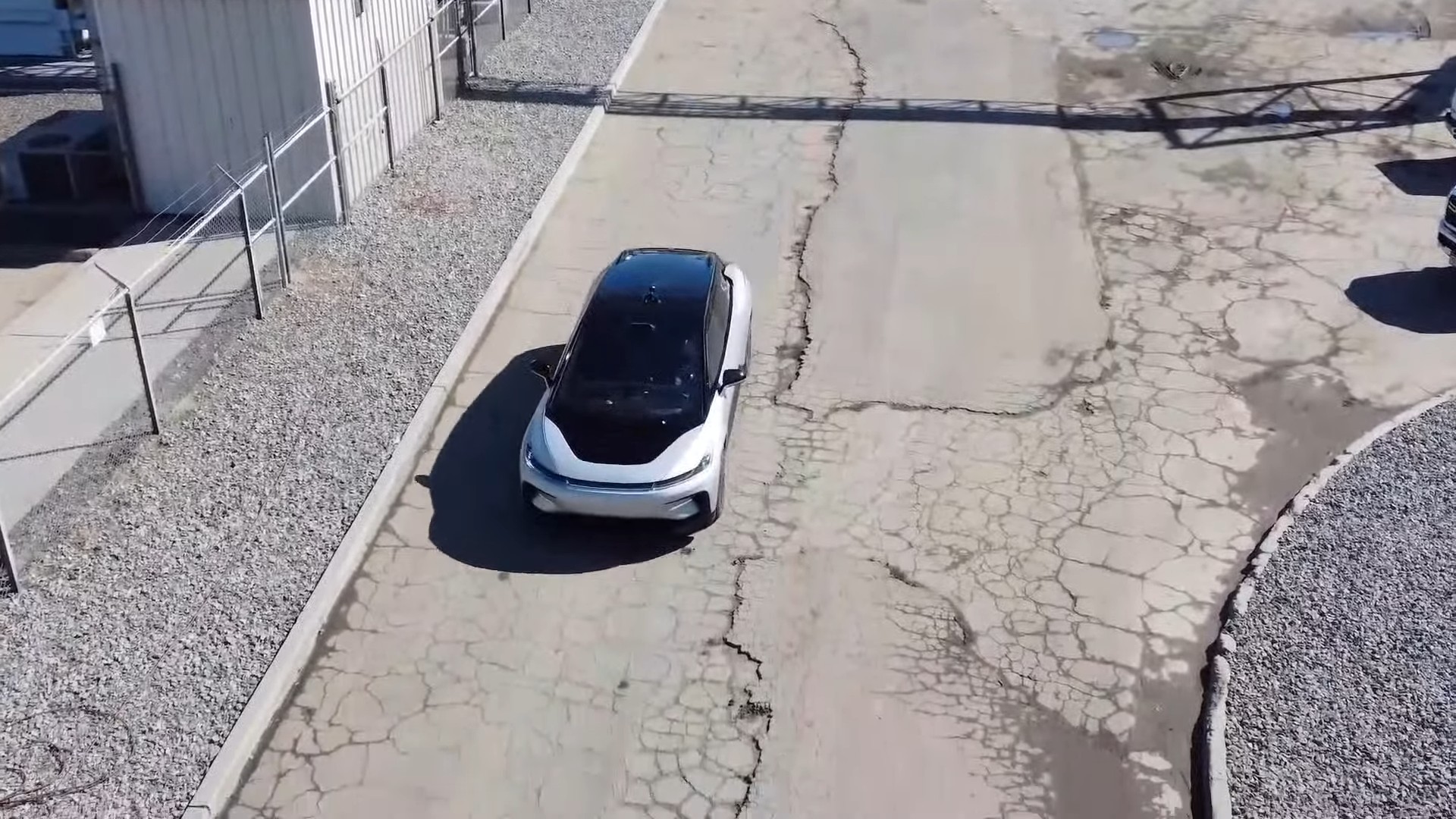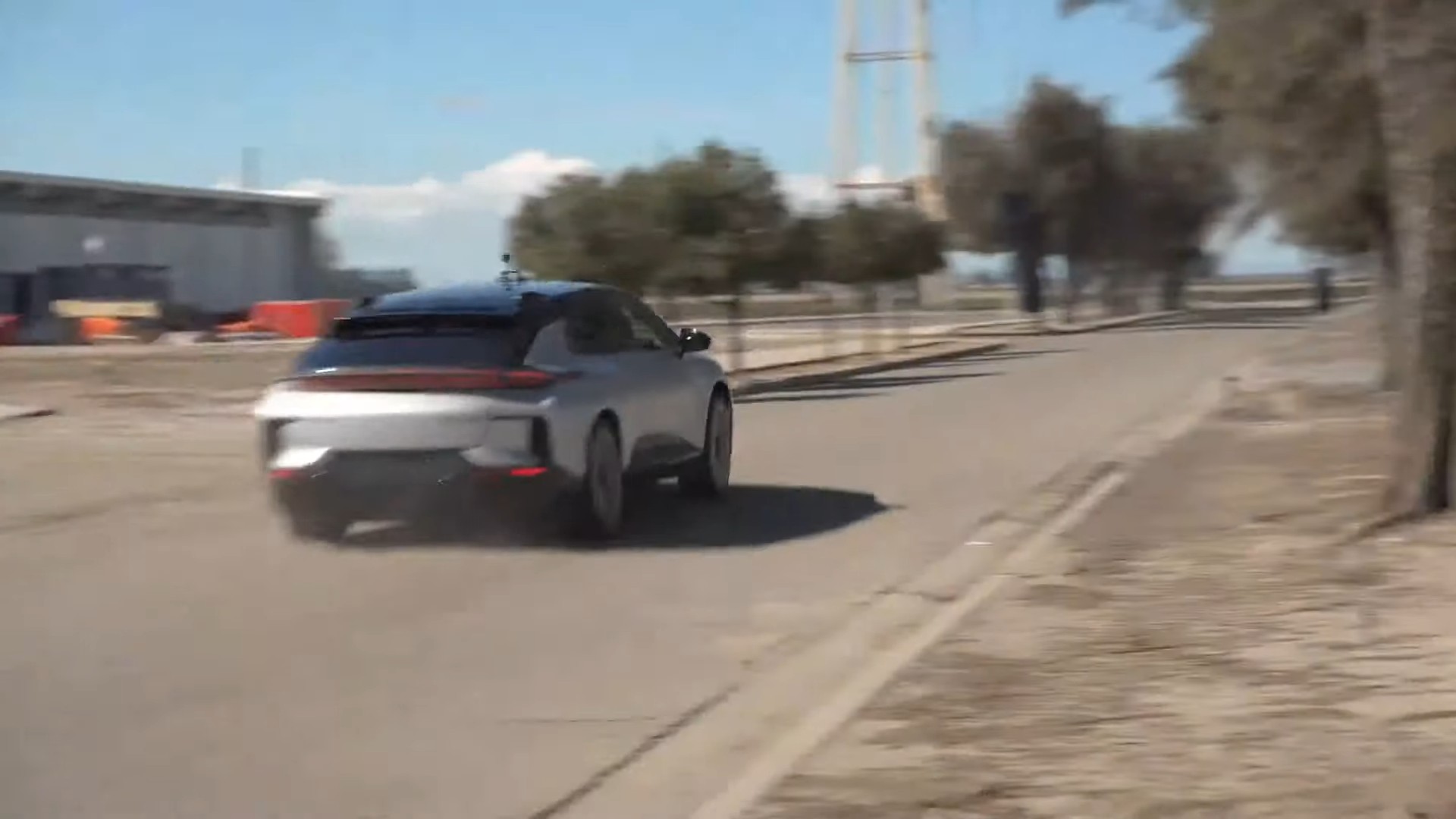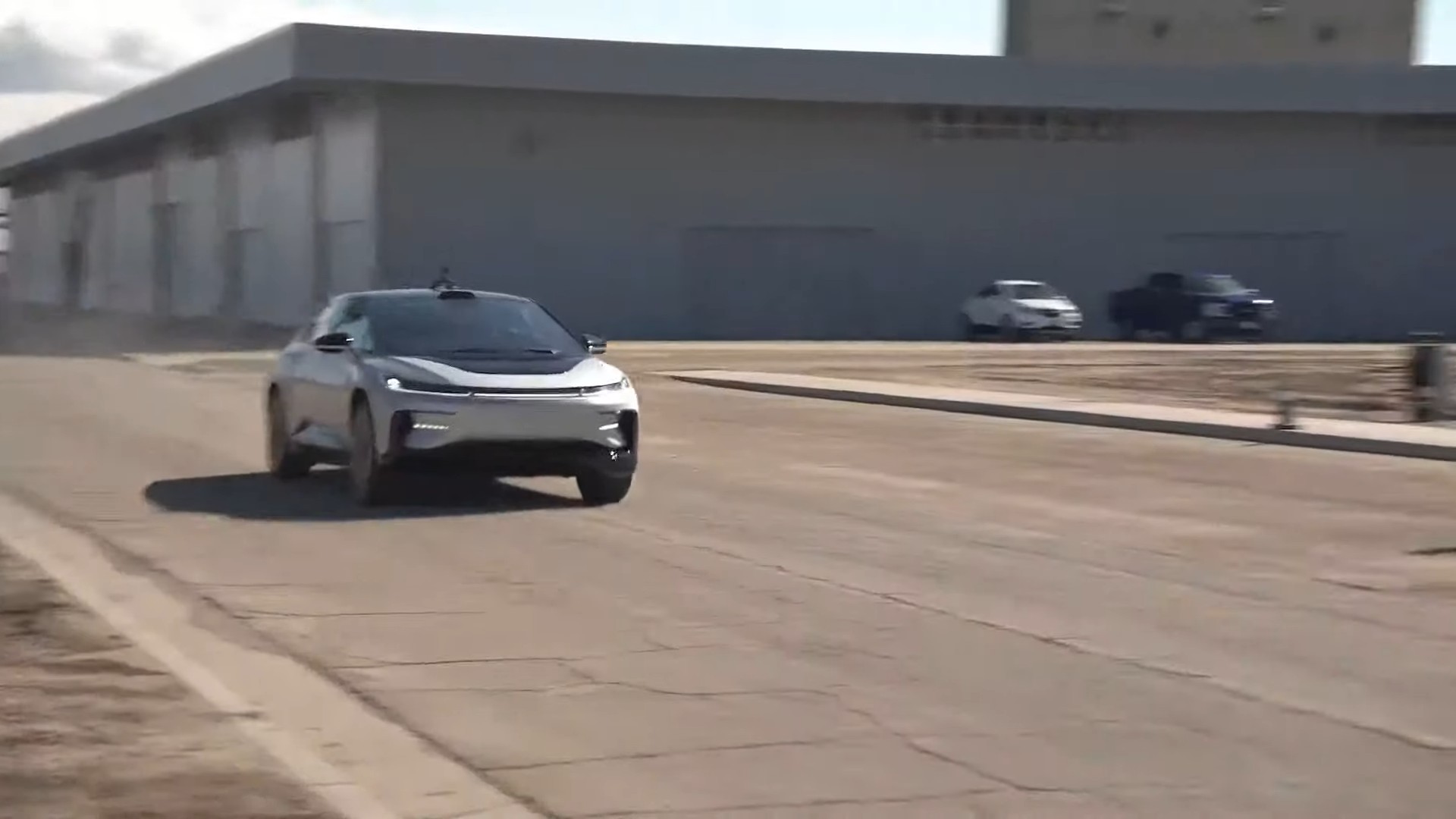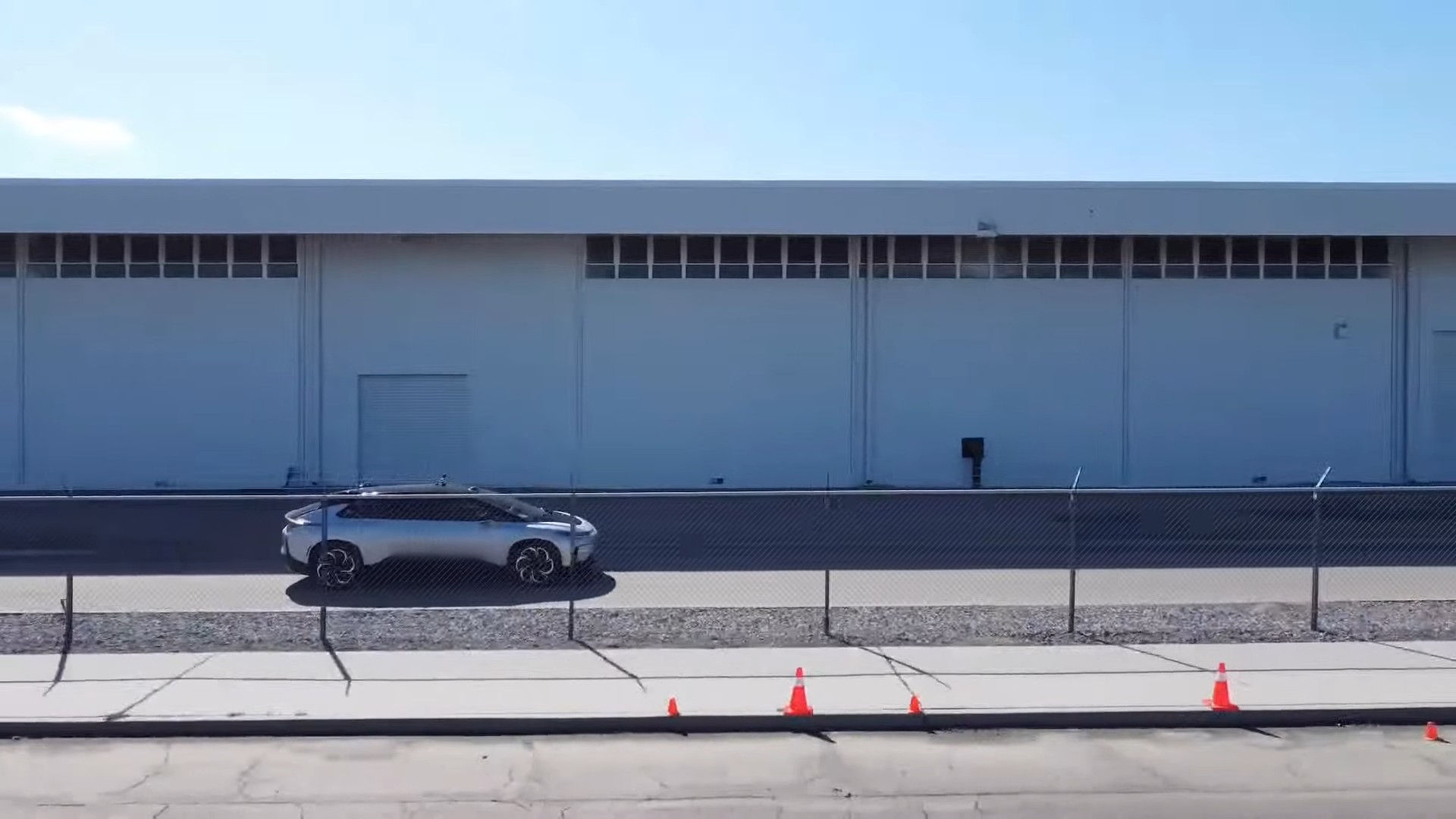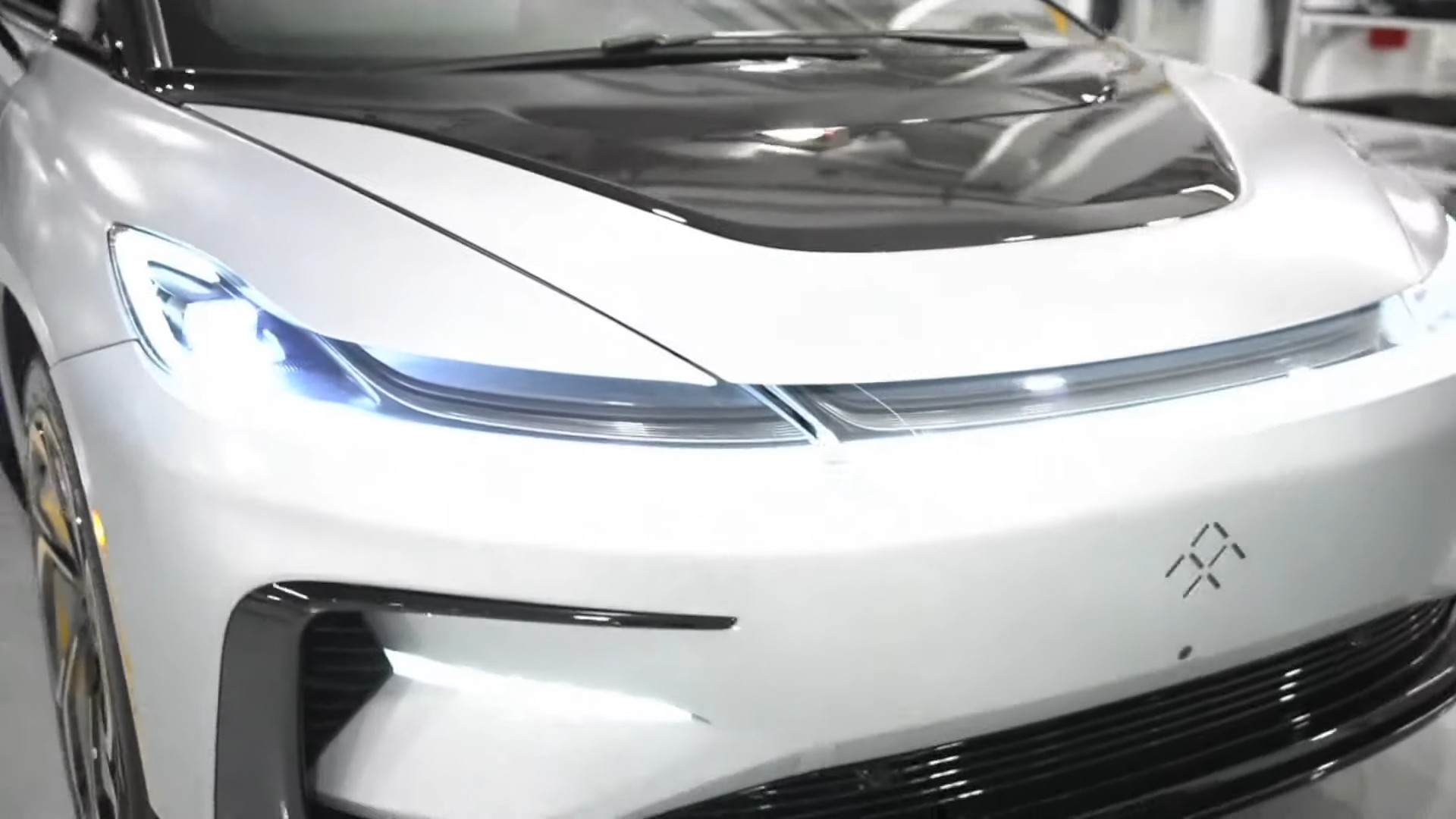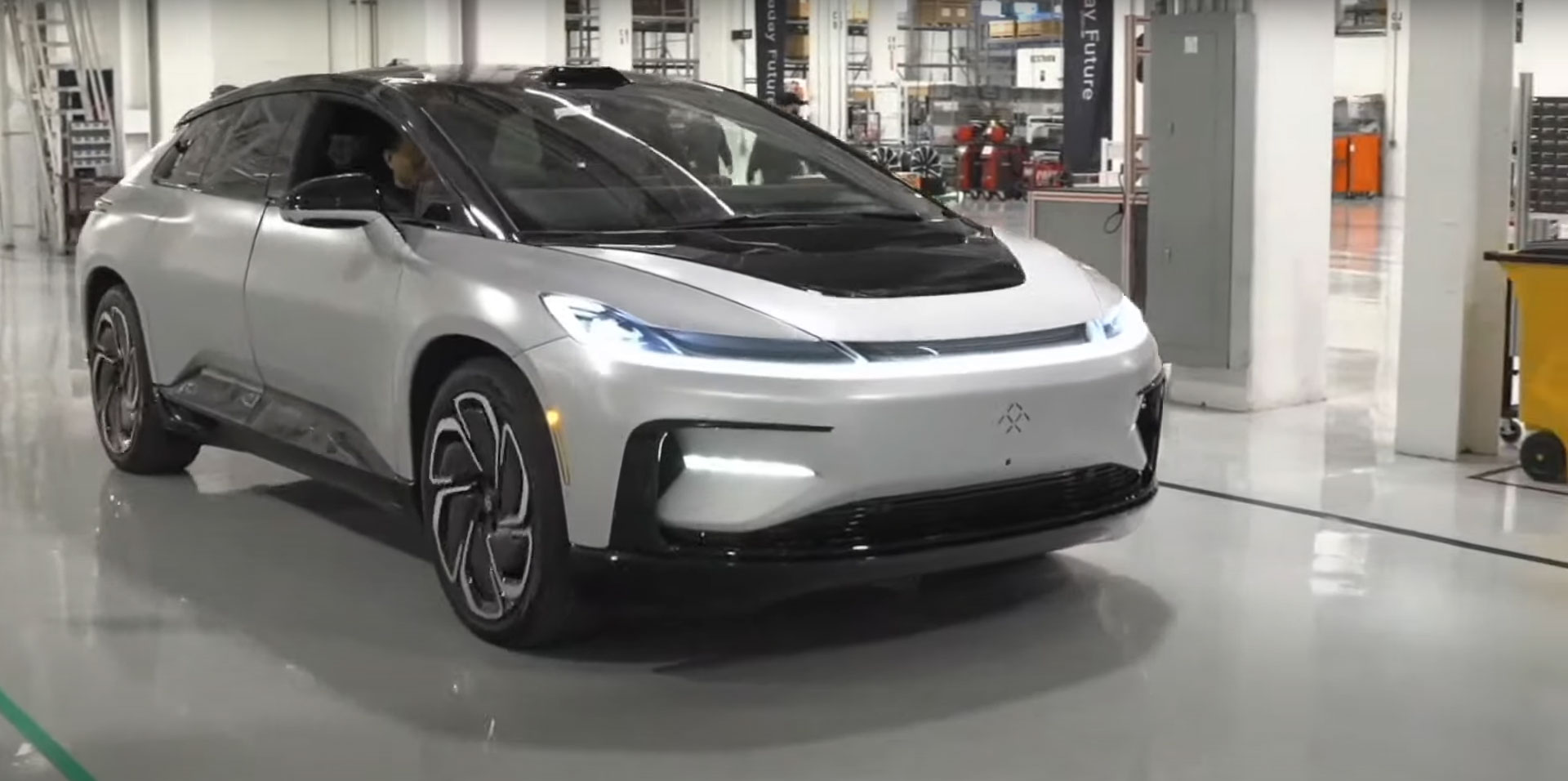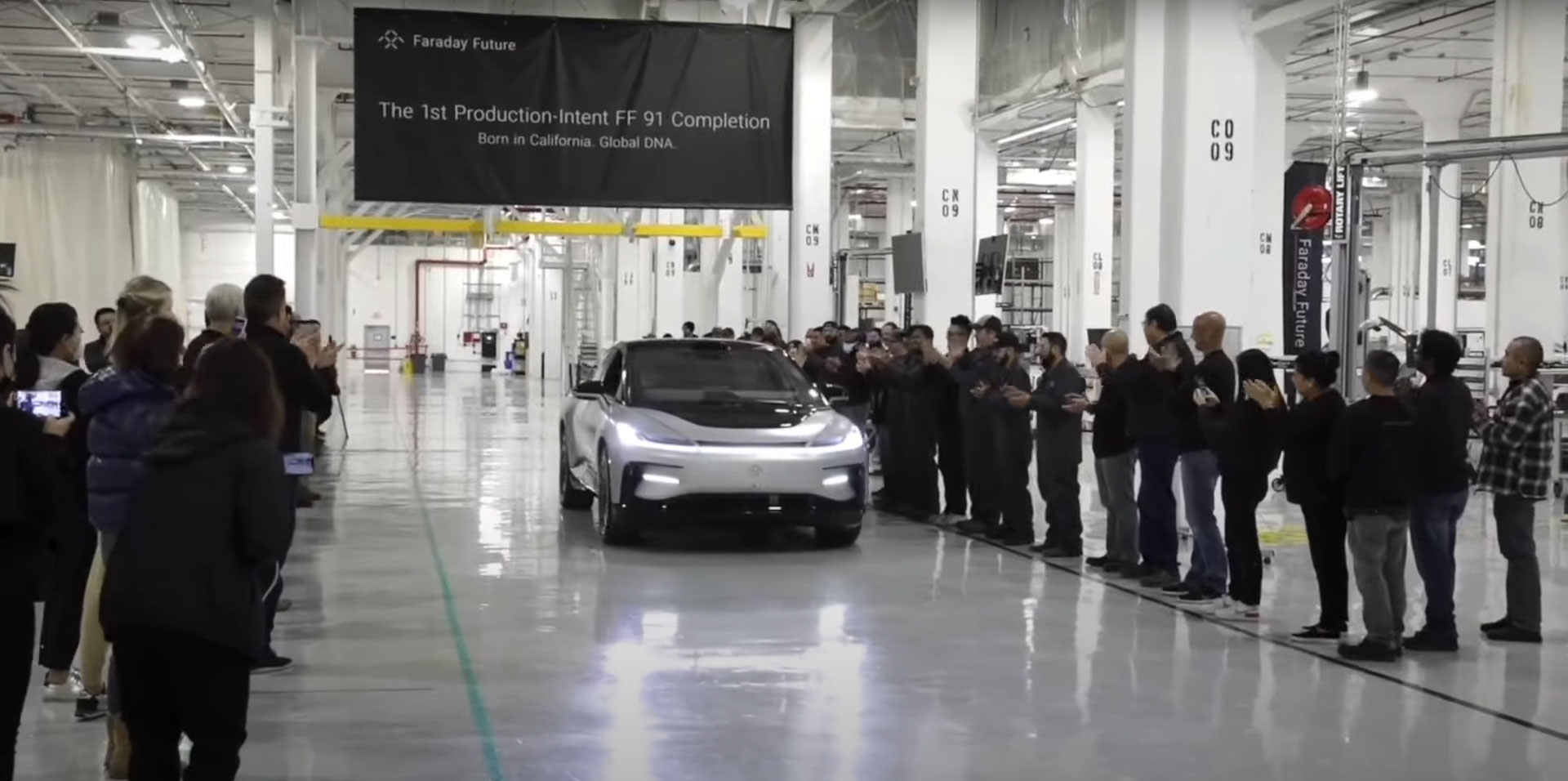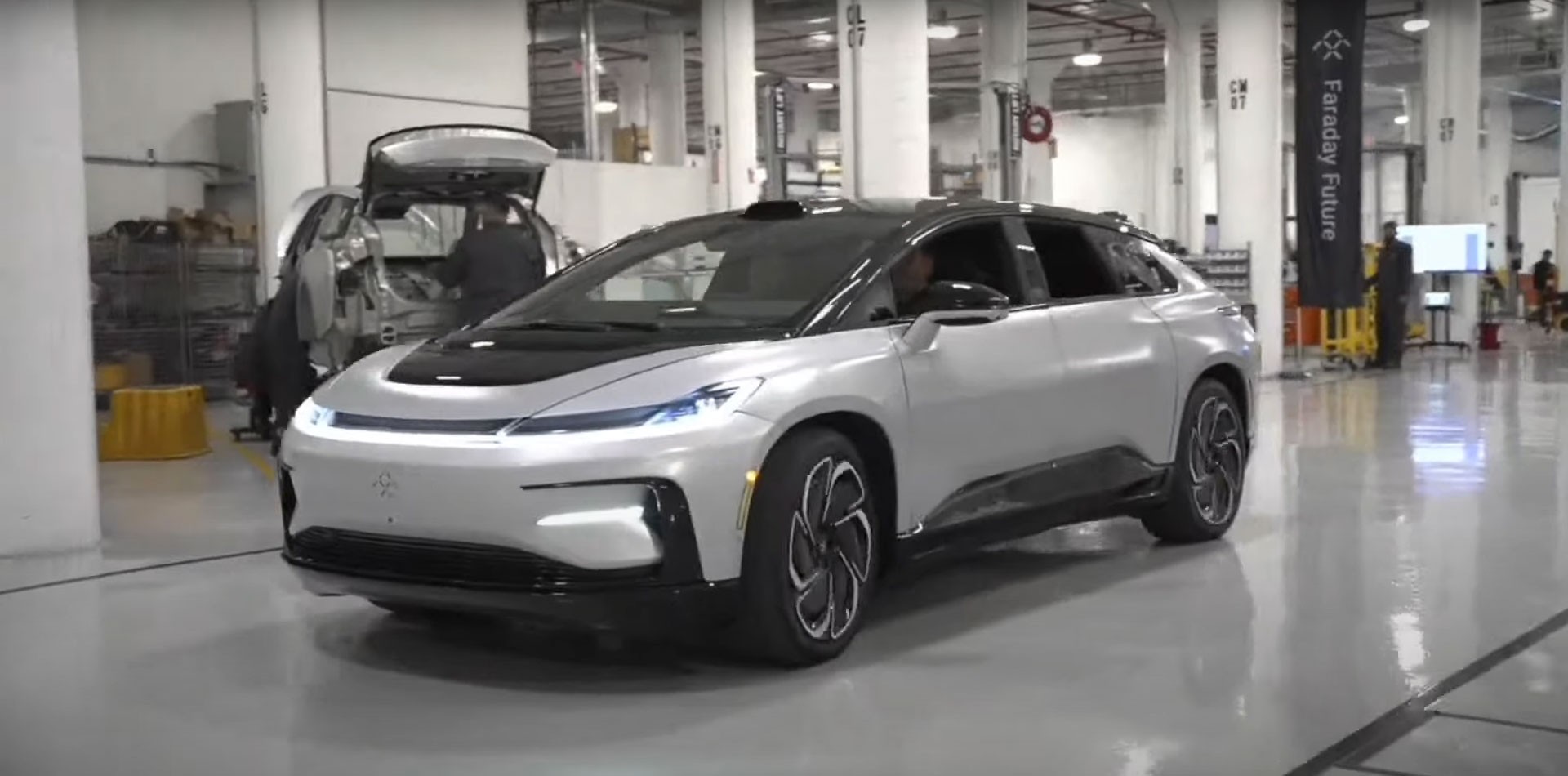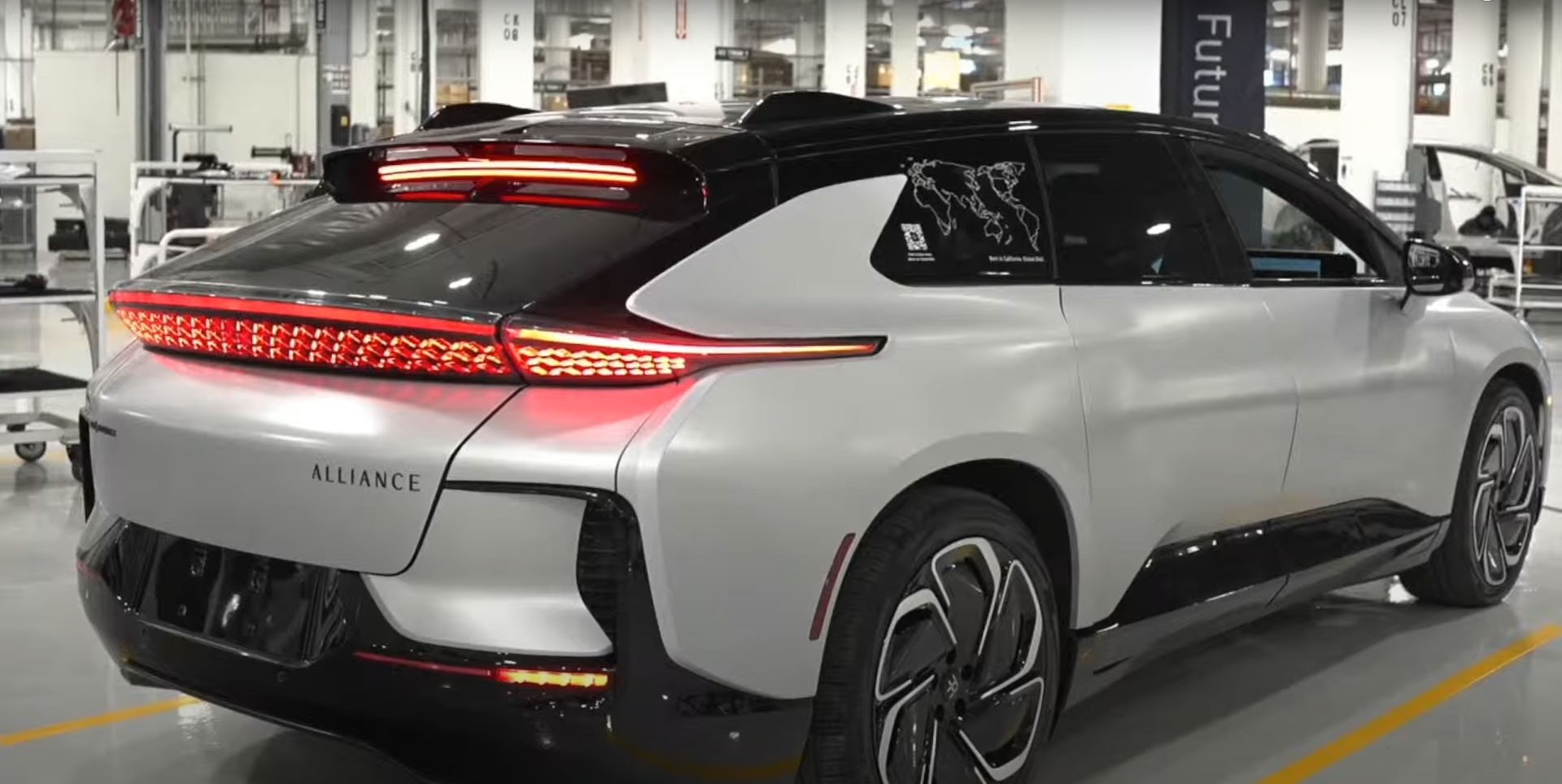After numerous twists and turns, Faraday Future has unveiled the production-intent FF 91 at their plant in Hanford, California.
Essentially a pre-production model, the production-intent FF 91 closely resembles the electric crossover that was unveiled in 2017 and originally slated to go into production a year later.
The company didn’t say much about the vehicle itself, but noted it features “many production-spec components.” Faraday Future added they’ll be building several production-intent vehicles over the coming months for testing, validation, and final certification purposes. Assuming everything goes smoothly, the FF 91 should go into regular production in the third quarter.
Also Read: Faraday Future Taps South Korean Firm To Build FF 81, Production Slated For 2024
Faraday Future’s Vice President of Manufacturing, Matt Tall, noted “Building the first production-intent vehicle at the Hanford plant is a monumental step for the team.” He added, “This iteration is the closest to the FF 91 production model we’ve seen to-date” and said the road-going crossover will “reset customer expectations with an unparalleled driver and passenger experience.” Tall went on to claim the FF 91 will be the “first true luxury EV to reach the market,” but we think Audi, BMW, Mercedes, Lucid, and Tesla may beg to differ.
Regardless, the FF 91 rides on the Variable Platform Architecture and is slated to feature a 130 kWh battery pack that delivers a range of approximately 378 miles (608 km). The company has also said the vehicle will be equipped with a tri-motor all-wheel drive system that features rear torque vectoring as well as a combined output of 1,050 hp (783 kW / 1,065 PS). This is slated to enable the FF 91 to accelerate from 0-60 mph (0-96 km/h) in 2.39 seconds.
Besides the impressive performance, the FF 91 is slated to have up to 11 displays with a total viewing area of more than 100 inches (2,540 mm). Other highlights will include NASA-inspired Zero Gravity seats, a “lightspeed” internet connection, and a generous 48.9 inches (1,242 mm) of rear seat legroom.





